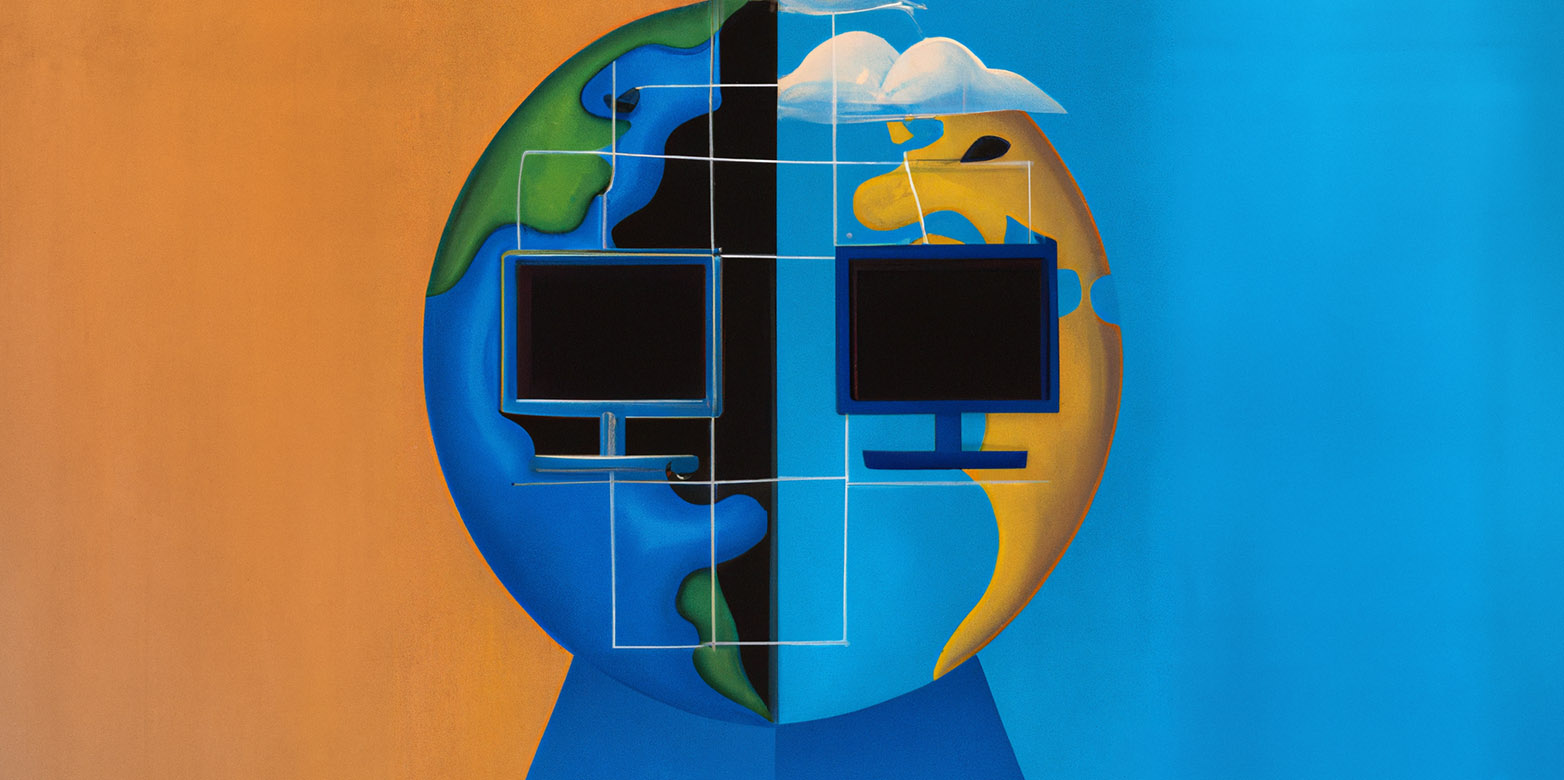One, Two, or Two Hundred Internets?
Despite growing massively since the 1990s and its continued success, the debate about whether the Internet is losing its global nature is getting an increased amount of traction. The political future of the Internet is often discussed in terms of three archetypes: 1) a single global Internet, 2) a bifurcated Internet, split into a Chinese-led and an US-led Internet, and 3) a fragmented Internet, split into many national segments, argues Kevin Kohler in this CSS Cyberdefense Report.

The Internet has grown massively since it became commercialized and globalized in the 1990s. Yet, despite its success, the idea that the Internet may lose its global nature has high salience. It comes in two variants. In the first one, the Internet develops towards a “splinternet” consisting of several national internets due to intentional access and connectivity restrictions imposed by governments. A second claim, which emerged with the start of the US-China “trade war” in 2018, is that we are moving towards a bifurcation between a Western and a Chinese Internet.